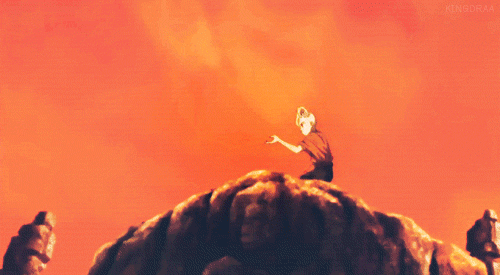This post is a long one, but I believe it’s much more important than most of this blog’s nonsense, so please bear with me patiently. (This post is also extremely geeky, but that shouldn’t surprise anyone.)
A friend and I recently watched Doctor Strange, the latest in a long line of superhero movies based on Marvel comics. It starred Benedict Cumberbatch, the actor from Sherlock who looks like an otter. Along with some psychedelic visuals—watching certain scenes was like taking drugs without actually, y’know, taking drugs—Mr. Cumberbatch’s performance elevated an otherwise predictable Marvel movie.
Yes, Marvel movies are pretty formulaic at this point. The dialogue is peppered with quips, the villains are generally unimpressive, and the starring heroes are white dudes.
Every headlining star in a Marvel movie has been a white man. There are female characters and characters of color, of course, but nearly always in supporting roles. Black Widow (a woman) and Nick Fury (a black man) don’t get their own movies. War Machine and Falcon, both black heroes, are sidekicks to Iron Man and Captain America, both white heroes. Movies starring a black man (Black Panther) and a woman (Captain Marvel) are in development, but after eight years, only white men have starred so far in the films of the Marvel Cinematic Universe.
Maybe I’m looking in the wrong place for diverse representation. Maybe I should look at, say, video games.

I’m pretty sure that each of these famous video game characters is actually the same guy in a different wig.
Maybe not.
I have absolutely nothing against white guys. I am a white guy. Many of my friends are white guys. There is nothing wrong with white guys. However, when white guys become a default template for fictional characters, well, that just ain’t fair.
People like to see themselves represented well in fiction. For example, I’m a Christian, and it really bugs me that Christians are often underrepresented, or represented badly, in popular culture. Joining Christians in that category are… well, lots of people. Women, people of color, various minority groups, and people with certain body types, among others, are often not represented well.
It ain’t fair.
I could yell and shake my fists, but won’t. (I find it doesn’t help.)
Instead, I’ll give a shout out to Marvel Entertainment, whose films I criticized earlier for lacking diversity, because its story doesn’t end there.
Marvel makes TV shows with fairly diverse representation. Luke Cage stars a black man, features a mostly black cast, and offers thoughtful takes on black culture and identity. I didn’t like Jessica Jones, but its depiction of a woman recovering from (maybe literal and definitely metaphorical) rape trauma deserves consideration and respect.
In the meantime, Marvel’s comics are becoming steadily more diverse. I hardly read superhero comics. However, I do occasionally read articles from Evan Narcisse, a journalist who offers brief but fascinating glimpses into contemporary comics.
Mr. Narcisse’s articles inform me that a woman carries Thor’s title at the moment. The current Spider-Man, Miles Morales, is a half-black, half-Hispanic teenager. Iron Man’s successor is a young black woman. Bruce Banner has passed on his Hulk condition to a young Asian-American man.
Marvel is embracing diverse representation, and so are many video games. I can think of at least two games—not indie games, mind you, but triple-A titles—that star Native Americans. More games are getting people of color, and fewer babes in chain-mail bikinis, as playable characters. The latest Tomb Raider games reinvent Lara Croft, perhaps the most egregious sex symbol in the game industry, as a smart, tough woman who actually wears clothes.
Then there’s Overwatch. God bless Overwatch. It’s a multiplayer video game in which colorful characters shoot each other with guns. It also boasts some truly amazing (read: Pixar-level) animations. I’ll never play Overwatch—I don’t care for multiplayer games about shooting people with guns—but I’m glad it exists.
The characters in Overwatch represent quite a number of races, nationalities, and body types. As you might expect from a video game, there are a couple of tough-looking white guys and a few slim, curvy white ladies. There’s also a chubby Asian woman, a black Hispanic man, an old Middle Eastern woman, and a brawny Slavic woman, to name a few. (There’s also a gorilla from the moon. How’s that for diversity?)
I will remember the characters in Overwatch long after I’ve forgotten most of the generic white dudes from other video games—and that’s one reason representation really matters. Far from getting in the way of storytelling, representation can actually improve it. Diverse characters bring backgrounds, languages, cultures, and points of view to a story that might otherwise be generic or forgettable.
By the way, I know this is a longer post than usual, so please accept, as a reward for reading this far, this animation of a character from Overwatch booping someone’s nose. It’s barely relevant, but it makes me happy. Here you go.
What was I saying? I was distracted by the boop. Ah, yes, I was making the case that diverse representation can actually benefit storytelling.
A lot of people grumble that diverse representation is just “political correctness,” and that it causes harm. Does it?
Believe it or not, there can be harm in diverse representation. It can be done badly. Diversity for its own sake, lacking respectfulness and understanding, is a huge mistake. Not doing can cause less damage than doing badly. It’s wrong to leave a starving man hungry, but it’s worse to feed him poison.
Diverse representation isn’t easy. Like everything else in a good story, it must seem real. It must convince. A storyteller must understand and respect whatever he represents, which is especially hard if it doesn’t represent him.
This brings me to a personal note. It’s easy for me to preach diversity in storytelling without actually practicing it. Up to this point, I haven’t practiced it.
I want to practice it. Instead of merely ranting that contemporary stories aren’t diverse enough, I should tell a story with diversity. Conveniently enough, there’s a story I want to tell.
Anyone who has followed this blog for more than five minutes knows of the Lance Eliot saga, the story I’ve tried for more than a decade to write. Its hero was always a white dude because, y’know, I’m always a white dude.
This time, Lance Eliot isn’t white. He’s Hispanic—Ecuadorian American, to be exact.
The premise of the Lance Eliot saga is that Lance saves another world from destruction. I had always planned for a few other characters to represent other races, but imagined Lance as a white man.
In so doing, I became unintentionally guilty of upholding the white savior narrative, in which a white person rescues a community of non-white people. On the surface, it’s a bit racist. Look a little deeper, and… well, it’s still racist. The narrative is common, however—just look at James Cameron’s Avatar, whose white hero saves an entire society of people of color. (That color is blue, but the narrative is the same.)
I didn’t want Lance Eliot to be another white savior. The world has enough white saviors; Lance can be a coffee-colored one.
I chose to make Lance an Ecuadorian American specifically because of all non-white ethnic groups, I believe it’s the one I can represent most faithfully, respectfully, and convincingly. I grew up in Ecuador; I live in America. Beside, I’m well acquainted with an Ecuadorian American: my aunt, a wonderful lady who not only makes delicious Ecuadorian food, but also watches American football with greater enthusiasm than any of the white people in my family. (My white relatives prefer Latin American soccer, ironically enough.)
Has Lance’s change of ethnicity gotten in the way of the story? Not at all! In fact, I believe it will enrich the story… whenever I get around to writing it. As a character suspended between cultures, Lance now has better reasons for feeling insecure and out of place, and for hiding those feelings behind sharp sarcasm. He can adapt quickly to the fantasy world I will create, because he’ll already have learned to adapt to other cultures. I can relate to Lance more than ever before. My attempt at diverse representation will (probably) help me to write a better story.
People like to see themselves represented well in fiction, but even as a white guy, I’m tired of seeing white guys. I want to see other experiences, cultures, and points of view. There’s a big world out there, and I want to see more of it.
On a related note, Disney’s Moana just hit theaters. It looks rad.
I know this post was a long one, and probably not much fun to read. Thanks for reading it anyway. Adam out. Boop!
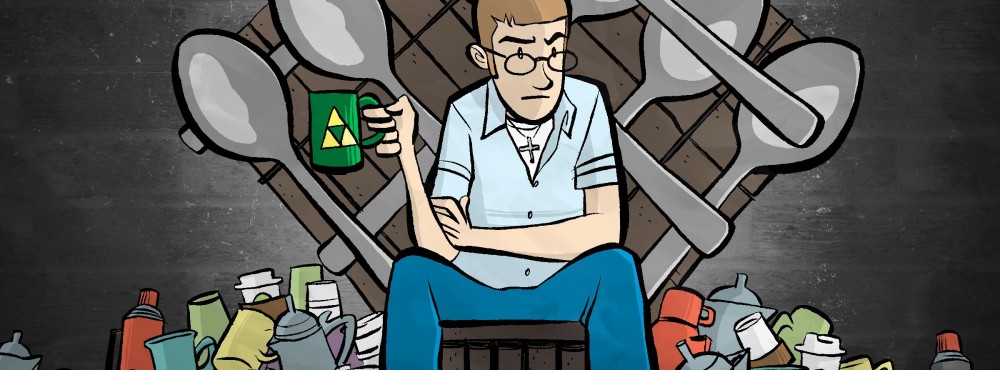












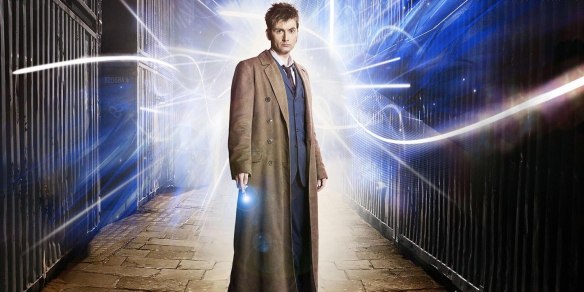






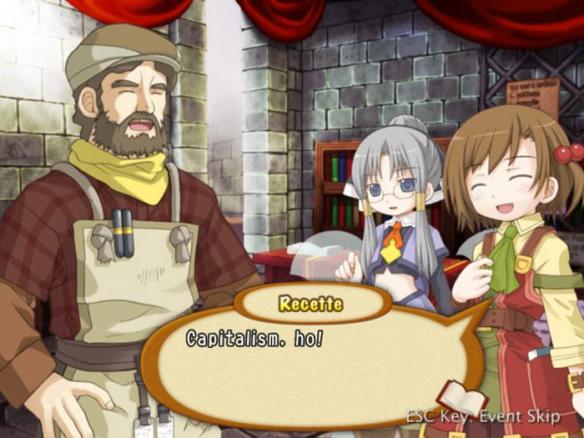
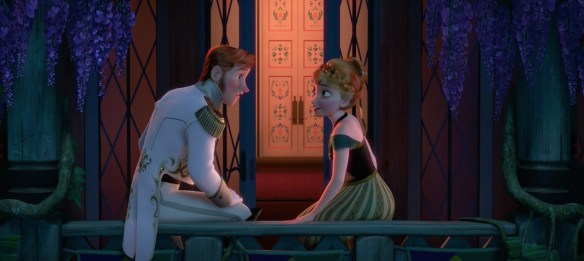












![Smaug [alt]](https://typewritermonkeytaskforce.com/wp-content/uploads/2016/07/smaug-alt1.jpg?w=600&h=400)









